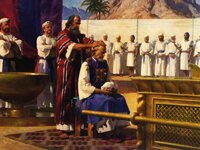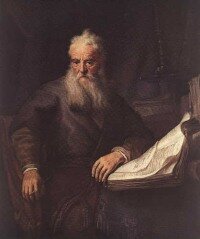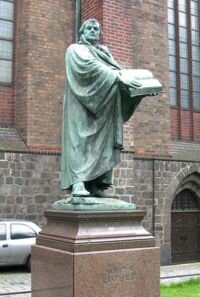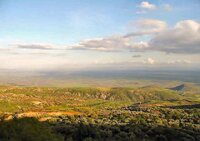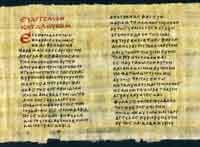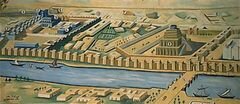 Cyrus the Great (Old Persian: Kuruš, modern Persian: کوروش, Kourosh; ca. 576 or 590 BC — July 529 BC), also known as Cyrus II of Persia and Cyrus the Elder, was the founder of the Persian Empire under the Achaemenid dynasty and the creator of the Cyrus Cylinder, considered to be the first declaration of human rights. As the ruler of the Persian people in Anshan, he conquered the Medes and unified the two separate Iranian kingdoms.
Cyrus the Great (Old Persian: Kuruš, modern Persian: کوروش, Kourosh; ca. 576 or 590 BC — July 529 BC), also known as Cyrus II of Persia and Cyrus the Elder, was the founder of the Persian Empire under the Achaemenid dynasty and the creator of the Cyrus Cylinder, considered to be the first declaration of human rights. As the ruler of the Persian people in Anshan, he conquered the Medes and unified the two separate Iranian kingdoms.In historical artifacts discovered in the ancient ruins of Babylon and Ur, Cyrus identifies himself as King of Iran, where he reigned from 559 BC until his death. He is the first ruler whose name was suffixed with the words the Great (Vazraka in Old Persian, Bozorg in modern Persian), a title adopted by many others after him, including the eventual Acheamenid Shah, Darius the Great, and Alexander the Great, who overthrew the Achaemenid dynasty two centuries after the death of Cyrus.


